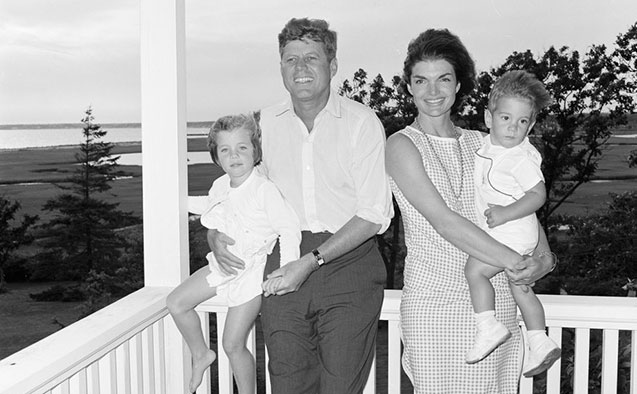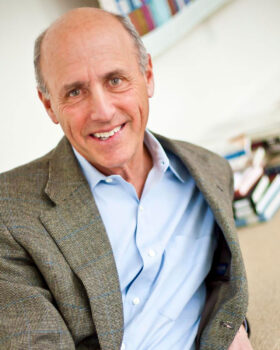Kennedy photos 60 years after the assassination
Art professor explains the cultural landscape caught on camera

On November 22, 1963, President John F. Kennedy was shot and killed as he rode in his motorcade in downtown Dallas, Texas.
In 2003, forty years after the assassination, Wake Forest University’s Charlotte Weber Professor of Art David Lubin published the book “Shooting Kennedy,” where he explores iconic images of Kennedy and his family and how these photographs shined a light on the American cultural landscape of the time.

David Lubin
As the 60th anniversary of the shooting of President Kennedy approaches, Lubin answers questions on the power of the images of the First Family then and now.
What made the photos of the Kennedy family so powerful?
We had a young and charismatic president with a dazzling smile, an elegant and beautiful First Lady, two adorable children and various dashing uncles. Americans lived in a media environment saturated with idealized representations of the typical American nuclear Family – mostly white – and thus they could relate to this particular family. And yet the Kennedys were anything but typical; they were our royal family. During the darkest days of the Cold War, glossy photographic images of them implicitly promised a brighter future. Since then, we can only ever view these photos in hindsight, knowing that everything was about to shatter with the impact of a sniper’s bullet. These once-optimistic images are now tinged with sadness.
Many photos of the Kennedy family before and after the assassination are iconic. Photography of modern Presidents and family members does not seem to have the same sticking power. Why?
The Kennedys were the first residents of the White House to have such camera-friendly panache. Every president since, no matter how media-savvy, is merely trying, and failing, to recapture the Kennedy mystique. The photographs of Jack and Jackie, from their wedding engagement in 1953 to his funeral in 1963, have never been equaled for their joie de vivre, as filtered through tragedy. The Dallas photos in particular have a raw immediacy that staged photo ops cannot match.
How did the photography of John F. Kennedy differ from that of previous presidents?
The first president to be widely photographed was Abraham Lincoln. Matthew Brady’s photography made Lincoln look every bit the man of destiny he was. Until Kennedy, no subsequent president, not even FDR, had as striking and compelling an appearance: Chester Arthur, Grover Cleveland, Herbert Hoover? No, I don’t think so!
What role have documentaries, films, and other media played in shaping the public perception of Kennedy?
To younger generations who were not alive during the Kennedy years, or even the two or three decades that followed, Kennedy is no longer a beautiful embodiment of liberal, democratic ideals. Instead, he is a commodity, joining other fallen birds who died young: Elvis Presley, Marilyn Monroe, James Dean and Princess Diana,
What do people need to know about media literacy and engaging with images of political figures and events today?
We need to remind ourselves again and again that all manmade images, including those of the Kennedy family, are devices for selling a “product,” be it a lifestyle, a political ideology, a view of reality, or a set of values. JFK was the first president to grasp how pictures, as transmitted through visual media, could be used for political persuasion. His presidency came at the birth of today’s visual culture, in which television, movies, glossy magazines, and now social media constitute the oxygen we breathe. As both citizens and consumers, we need to be on guard about the images presented to us. We need to question their validity as well as the motives behind them.
Categories: Top Stories
Wake Forest News
336.758.5237
media@wfu.edu
Meet the News Team
Headlines
Wake Forest in the News
Wake Forest regularly appears in media outlets around the world.




